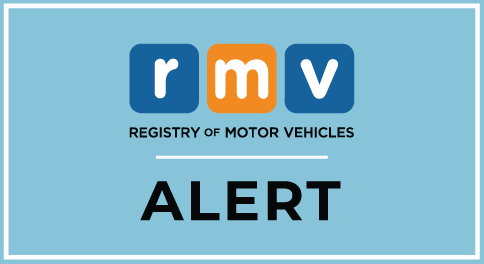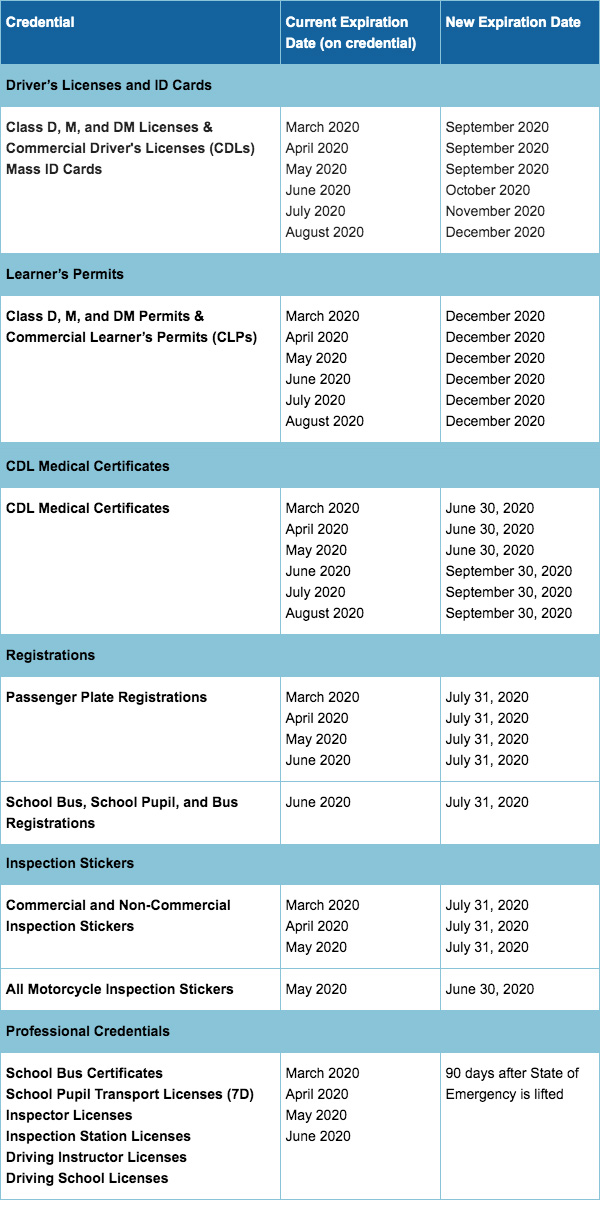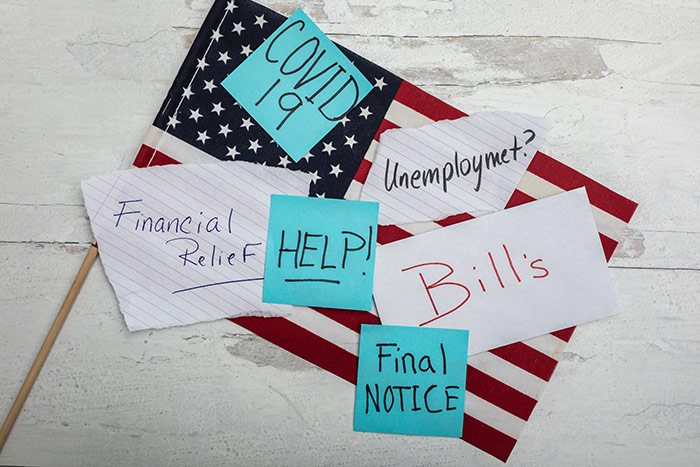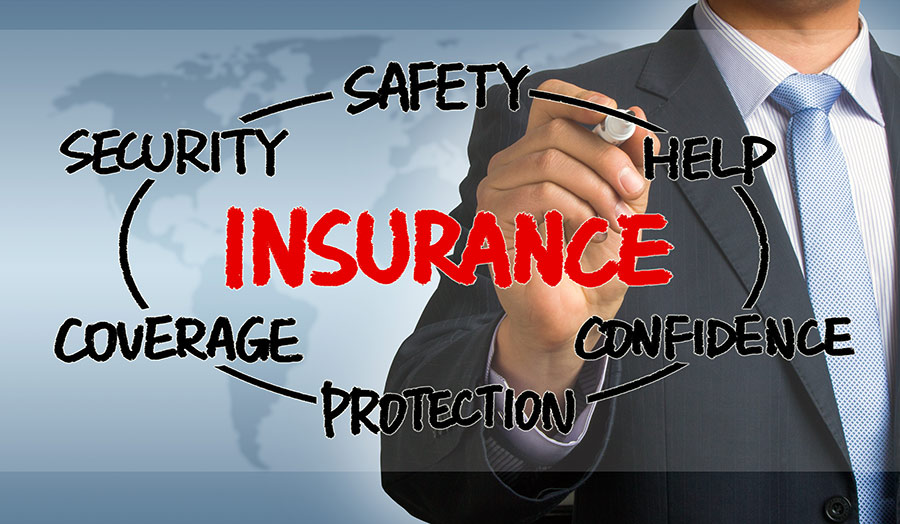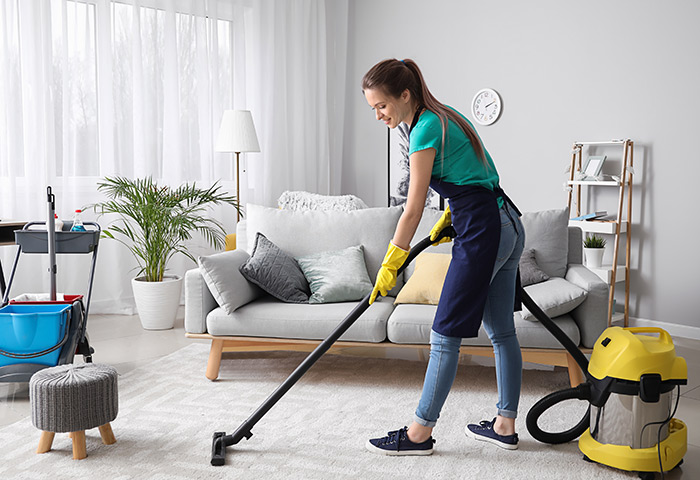
Many of us at Lallis & Higgins Insurance have been looking for things to do at night and on weekends while we have been stuck at home. You might as well make your space as beautiful and bright as possible. When it's time for spring cleaning, try these projects. Tackling them will leave your home extra clean, organized, and clutter-free while also helping you feel good.
Dust
Dusting is part of everyone's usual cleaning routine, but spring cleaning calls for extreme dusting. A long-handled duster and a couple of microfiber cloths are perfect for this chore.
Starting at the top in every room, dust down the ceiling, light fixtures, ceiling fans, and walls. Ceiling fans may require a gentle cleaning solution on the blades to remove greasy dirt. Pay attention to air vents, switch plates, window sills, and doors, as well as anything hung on the walls. If you have open shelves, remove everything and dust them thoroughly. Dust the objects or books with a dry microfiber cloth before replacing them on the shelves.
Once you've finished dusting down the walls, do a pass on the baseboards. The dust is now on the floor, where you can vacuum it up!
Draperies, Curtains, and Blinds
Spring is the right time to take down all of your draperies and curtains for washing or cleaning. Be sure to follow the manufacturer's directions. Blinds and shades will also need cleaning, which you can do without taking them down.
For aluminum miniblinds, try a damp microfiber cloth, or a mild soap solution and a lint-free towel. Turn the slats toward you, wipe down gently, then reverse the slats and wipe them from the other side. Don't use anything wet on wood blinds; they may warp or discolor. Wipe them down well with a dry microfiber or lint-free cloth, turning the slats as recommended for aluminum blinds.
Pleated cloth shades, fabric pleated shades, and cellular pleated shades require only a good sweep with a vacuum cleaner attachment. For stains, try a dry sponge (found in many hardware stores). Keep these types of shades in a closed position whenever possible, to keep the pleats well-defined.
Windows
- If you've taken down the drapes for cleaning, this chore is a no-brainer. Window washing – inside and out – isn't drudgery, if you outfit yourself with the right tools:
- A good 10 to12-inch squeegee with a sharp, new rubber blade (You may also need a second squeegee in a smaller width, if you have windows with divided lites.)
- A scrubber or sponge
- A 5-gallon bucket
- A few lint-free rags or small towels
- Mix 1 teaspoon dishwashing liquid into 2 gallons of water. If your windows have especially tough dirt, grease, or dried paint on them, try a nylon scrub pad or a sharp razor blade. Adding ½ cup of ammonia to the water will help remove grease.
Upholstery, Mattresses, Bedding, and Pillows
Use a vacuum cleaner with an attachment to thoroughly go over all upholstered furniture and mattresses. Pay special attention to the crevices. Rent a rug shampoo machine with an upholstery attachment to take care of soiled couches and chairs.
Wash or dry clean all slipcovers, throws, mattress pads, comforters, blankets, and pillows. While the beds are stripped, flip the mattresses. Store the clean blankets and comforters away until the cold weather returns – be sure to protect woolens from moths.
Kitchen Appliances
Appliances serve you well year-round. At least once a year, pay them some extra attention – but unplug them as necessary! Clean the oven and give the cooktop a good scrub. Empty the refrigerator and wash down all the shelves and drawers. Toss anything that's out of date, including old condiments, jams, and jellies. Also clean the top of the refrigerator, and vacuum the coils. Freshen your dishwasher by running it empty, with 1 cup of baking soda and 1½ cups white vinegar. Clean the inside of the microwave with baking soda and water; loosen tough spills by boiling a cup of water inside it.
Don't forget the toaster, blender, coffeemaker, and other small appliances – follow the manufacturer's maintenance instructions.
Countertops and Wall Tiles
Whether it's sealing granite, waxing marble, or oiling butcher block, there's an appropriate maintenance chore for every countertop. Follow the manufacturer's instructions for each type of counter in your house – kitchen and bathrooms. Take care of any damage: stains, nicks, burns, etc.
Wall tiles in the kitchen and bathrooms should be washed and given the appropriate maintenance, too. Replace any damaged tiles, and clean and reseal grout as needed.
Floors and Rugs
Do you need to wax and buff your hardwood floors? Is it time to reseal a floor? Does grout need attention? Get ready to show off those floors this summer.
Wall-to-wall carpets, area rugs, throw rugs, and doormats are also due for a cleaning. Start with a thorough vacuuming. Shake out the throw rugs and doormats. If they're washable, run them through your machine (or a large-capacity machine at the Laundromat) on the gentle cycle. Dry them on low, or let them air dry. Rent a rug cleaning machine for wall-to-wall carpeting.
Send valuable wool rugs to a professional cleaner. It's a good idea to have them moth-proofed at the same time.
Cabinets and Drawers
Close the cabinets and drawers, and the mess disappears. But once a year, do yourself a favor and clean them out.
In the kitchen, remove anything that's not being used on a regular basis, as well as mismatched storage lids and bowls, out-of-date herbs and spices, and anything that doesn't really belong in the kitchen.
In the bathroom, throw away expired medicines and prescriptions, nearly empty bottles of rarely used items, and last year's sunscreen (you should replace it yearly). Note: Do not dispose of medicine in the toilet. Alarming levels of numerous drugs are now appearing in many water supplies. Many pharmacies are now accepting expired medications for recycling.
Wash down the cabinets and drawers, inside and out, and reorganize the contents.
Clutter
Granted, it may be tough to tackle your kids' rooms, but you don't have to live with clutter in the rest of your house. Clearing clutter isn't complicated if you follow an organizing principle. Gather four good-sized cardboard boxes and go room by room. Fill them as follows:
Throw away anything that you don't need or want, and that no one else does, either. If you have things that are damaged or broken, and that can't be repaired, toss them.
Give away, donate, or sell anything that you don't absolutely love, but which has some value. If all these objects are doing is taking up space in your home, let someone have them who will really enjoy them.
Put in storage things that you do not use or need on a regular basis, but which you can't bear to part with. Perhaps it's your grandmother's knick-knacks, or an old tennis trophy. Store these items in labeled boxes, so you can easily find them again.
Keep any essentials that you need to have available. Be honest with yourself about this, and make sure these items have a place of their own, without creating clutter. If they don't, come up with an attractive storage solution – meantime, leave them in the box!
familyeducation.com


